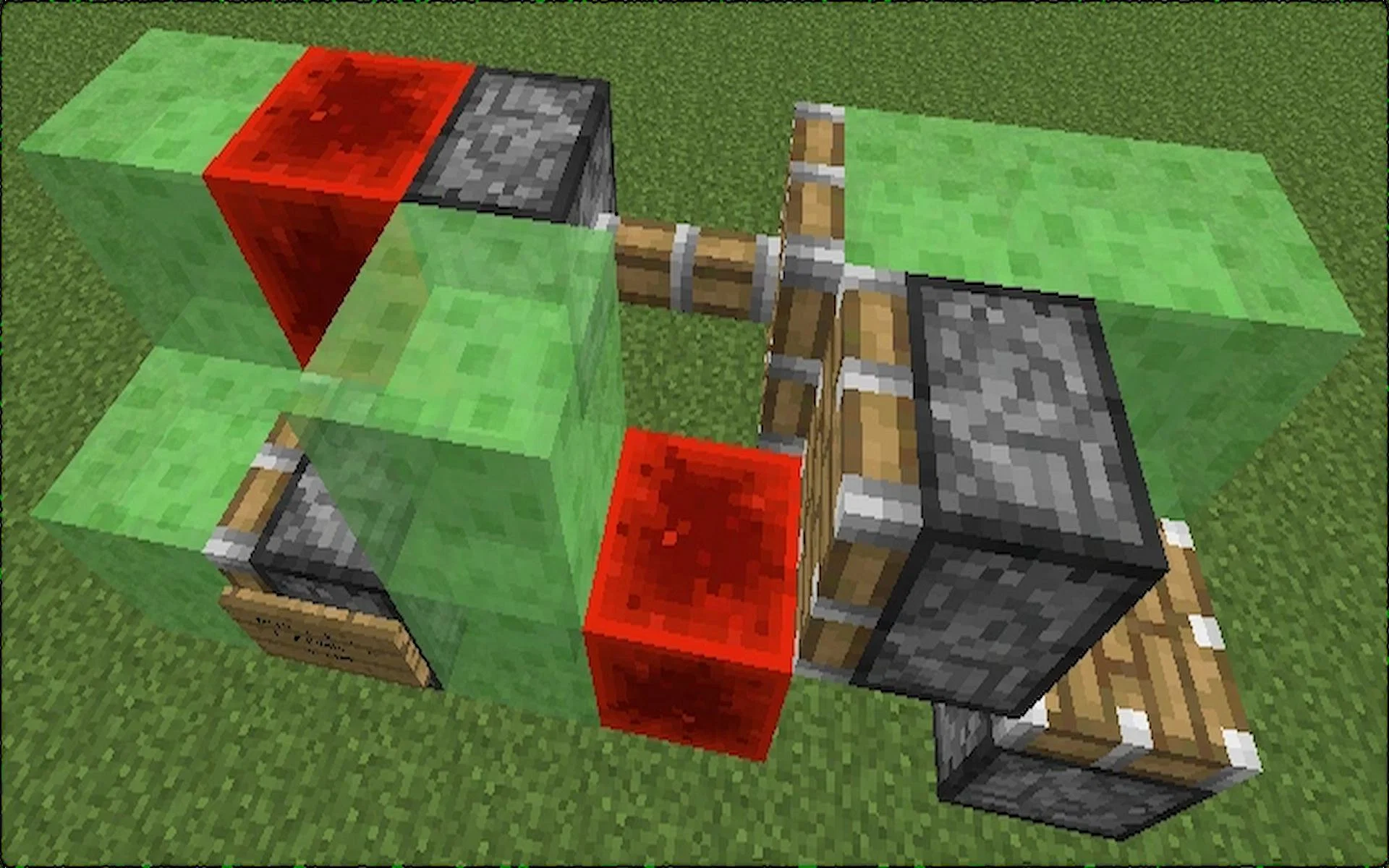In Minecraft, players explore a procedurally generated, three-dimensional world with virtually infinite terrain made up of voxels. Players can discover and extract raw materials, craft tools and items, and build structures, earthworks, and machines. Depending on their chosen game mode, players can fight hostile mobs, as well as cooperate with or compete against other players in multiplayer. The game has two main modes; survival mode, where players must acquire resources to survive, and a creative mode where players have unlimited resources and the ability to fly. Other game modes exist, such as one that allows players to spectate others and one that plays identically to survival mode, but features permadeath. The game's large community offers a wide variety of user-generated content, such as modifications, servers, skins, texture packs, and custom maps, which add new game mechanics and possibilities.
Minecraft is a 3D sandbox video game that has no required goals to accomplish, allowing players a large amount of freedom in choosing how to play the game.The game also features an optional achievement system.Gameplay is in the first-person perspective by default, but players have the option of a third-person perspective.The game world is composed of rough 3D objects—mainly cubes, referred to as blocks—representing various materials, such as dirt, stone, ores, tree trunks, water, and lava. The core gameplay revolves around picking up and placing these objects. These blocks are arranged in a 3D grid, while players can move freely around the world. Players can break, or mine, blocks and then place them elsewhere, enabling them to build things. The game also contains a material called redstone, which can be used to make primitive mechanical devices, electrical circuits, and logic gates, allowing for the construction of many complex systems. Many commentators have described the game's physics system as unrealistic.
Players can also craft a wide variety of items, such as armor, which mitigates damage from attacks; weapons (such as swords or axes), which allows monsters and animals to be killed more easily; and tools (such as pickaxes or shovels), which break certain types of blocks more quickly. Some items have multiple tiers depending on the material used to craft them, with higher-tier items being more effective and durable. They may also freely construct helpful blocks—such as furnaces which can cook food and smelt ores, and torches that produce light—or exchange items with a villager through trading emeralds for different goods and vice versa. The game has an inventory system, allowing players to carry a limited number of items.
 flying mechaine
flying mechaine
Minecraft is a 2011 sandbox game developed and published by Swedish video game developer Mojang Studios. Originally created by Markus "Notch" Persson using the Java programming language, the first public alpha build was released on 17 May 2009. The game would be continuously developed from then on, receiving a full release on 18 November 2011. Afterwards, Persson left Mojang and gave Jens "Jeb" Bergensten control over development. In the years since its release, it has been ported to several platforms, including smartphones, tablets, and various video game consoles. In 2014, Mojang and the Minecraft intellectual property were purchased by Microsoft for US$2.5 billion.
Minecraft, Markus "Notch" Persson was a game developer with King through March 2009, at the time serving mostly browser games, during which he learned a number of different programming languages. He would prototype his own games during his off-hours at home, often based on inspiration he found from other games, and participated frequently on the TIGSource forums for independent developers. One of these personal projects was called "RubyDung", a base-building game inspired by Dwarf Fortress, but as an isometric three dimensional game like RollerCoaster Tycoon. He had already made a 3D texture mapper for another zombie game prototype he had started to try to emulate the style of Grand Theft Auto: Chinatown Wars. Among the features in "RubyDung" he explored was a first-person view similar to Dungeon Keeper but at the time, felt the graphics were too pixelated and omitted this mode.Around March 2009, Persson left King and joined jAlbum, but otherwise kept working on his prototypes. Infiniminer, a block-based open-ended mining game first released in April 2009, sparked Persson's inspiration for how to take "RubyDung" forward. Infiniminer heavily influenced the visual style of gameplay, including bringing back the first-person mode, the "blocky" visual style and the block-building fundamentals. However, unlike Infiniminer, Persson wanted Minecraft to have RPG elements.